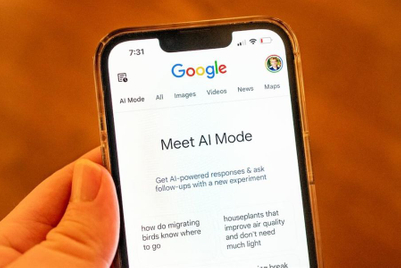
It’s easy for brands to become obsessed with public social networks: Facebook, Twitter, Instagram, Pinterest, and so on. They are effective consumer and B2B marketing channels. But the result of this obsession is that brands can miss out on 75 percent of the total value that exists across the ‘sharing economy’.
According to our most recent global study, three quarters of all sharing is actually happening behind the scenes via ‘dark social’ channels such as email, instant messaging and forums.
Take travel, auto or personal finance for example. A consumer may post photos of their new car or share frequently (and incessantly) on social networks whilst they are on holiday. The reality is that from a marketing value perspective this activity, these social signals, are more often after the fact—post-purchase.
A key goal in marketing is to be present and relevant as early as possible in the consideration phase. Brands want to be in a position to convert upper funnel interest and intent signals while a consumer is most primed, such as a travel advertiser wants to be there while they are emailing their nearest and dearest, with specific hotel deals they copied and pasted from websites…and while they are deliberating over travel insurance quotes.
And what about the numerous links and the branded content a couple shares with each other (and their family and friends) while researching a new car purchase?
This is the vital pre-purchase social and sharing activity currently unsighted by most marketers. And this is where brands miss out—focusing nearly 100 percent of their social investment on channels that collectively only address 25 percent of the social and sharing activity happening across the open web and mobile.
Marketers today are rightly investing heavily into owned and earned media channels; their websites, apps, production of social and branded content, promotions, eDMs. But are they really seeing a return on all of this investment in terms of lifting brand metrics and acquiring new customers? And are they connecting this owned and earned investment with paid media ROI? From the many conversations I have with CMOs across Asia Pacific I’d say that currently the answer is “no” from eight out of 10 brands.
For those brands taking the plunge, the results are definitely there. During their launch campaign, iflix, Southeast Asia’s fastest growing SVOD service, saw more than half (52 percent) of all new subscribers converted through targeting informed via “dark social” sharing data from their owned and earned channels. Another example is Tigerair, which in a recent promotion unlocked a valuable new prospecting channel through dark social channels, with 58 percent of the customers’ acquired during the campaign being new customers to the airline.
The sharing of branded content and shareable content outside of public social networks - and the data derived from these consumer actions—is not yet fully understood and is certainly not yet being realised in unlocking the value of the sharing economy.
It’s a mindset shift to increase spend into the sharing economy, or to move budget away from the unchallenged dominance of big social network players. However, a necessary step if brands are to truly gather and activate their first party owned and earned data to improve paid media effectiveness.
Kerry McCabe is managing director of RadiumOne APAC





.jpg&h=334&w=500&q=100&v=20250320&c=1)
.jpg&h=334&w=500&q=100&v=20250320&c=1)
.jpg&h=334&w=500&q=100&v=20250320&c=1)
.jpg&h=334&w=500&q=100&v=20250320&c=1)
.jpg&h=334&w=500&q=100&v=20250320&c=1)




.jpg&h=268&w=401&q=100&v=20250320&c=1)


.jpg&h=268&w=401&q=100&v=20250320&c=1)

.jpg&h=268&w=401&q=100&v=20250320&c=1)
.jpg&h=268&w=401&q=100&v=20250320&c=1)